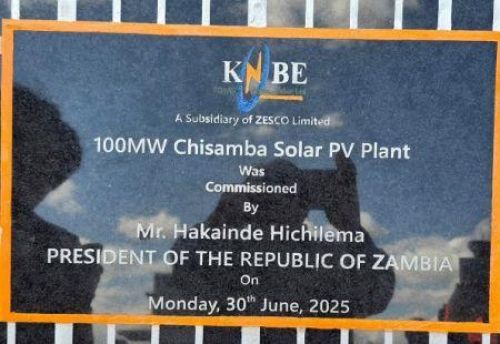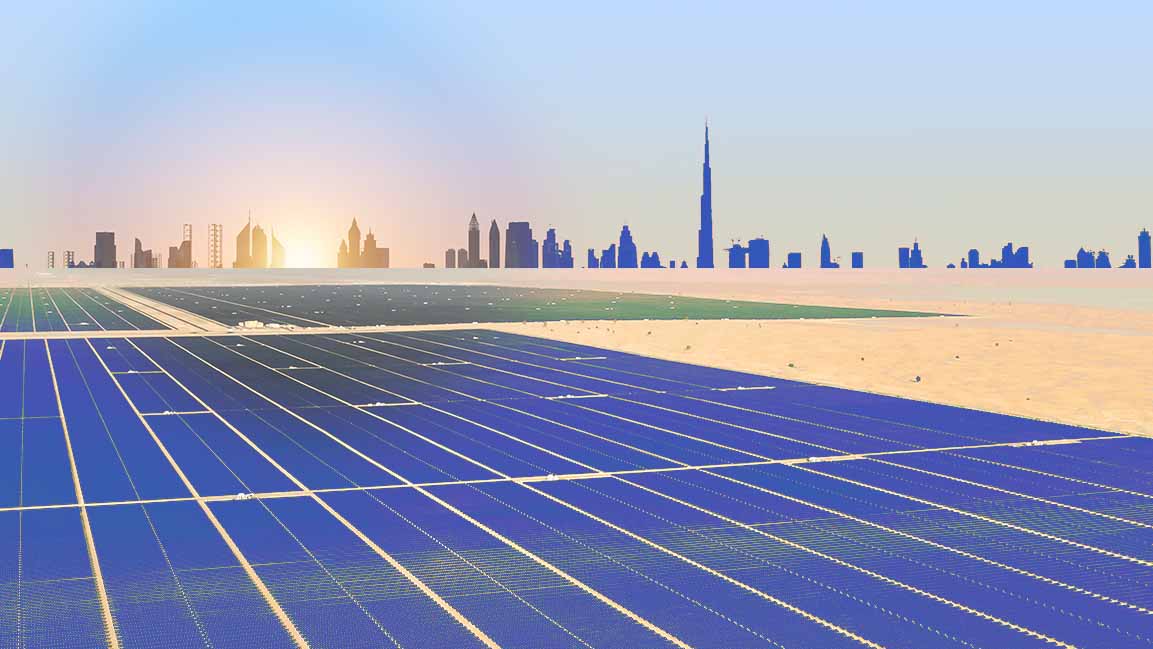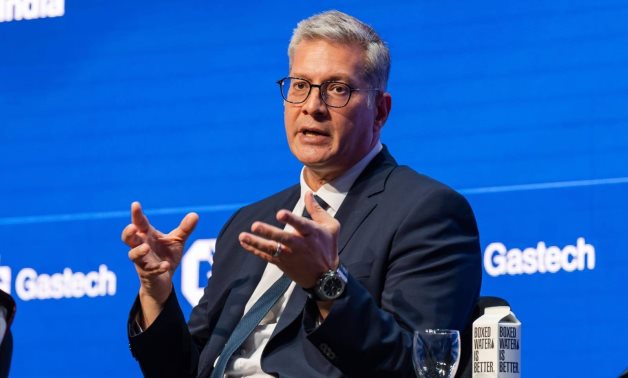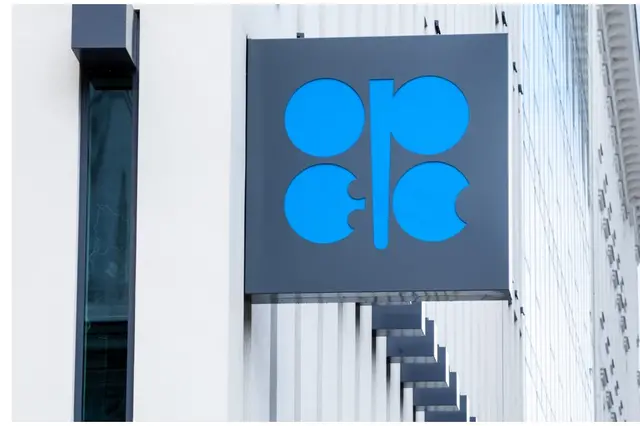Energy

Zambia Leverages Solar Energy to Ease Power Supply Issues in Mining Sector

Zambia's mining industry is hampered by the country’s historic reliance on hydropower amidst increasingly frequent droughts. Going solar is a crucial shift towards securing the power supply for large-scale mining operations, and this may significantly impact the Zamian economy.
Zambia is one of the most hydropower-dependent countries in Southern Africa. In 2022, 88% of its energy production was still derived from its dams, according to the International Energy Agency (IEA). This historic strength has also been a major vulnerability, as every drought risks compromising the power supply, with direct repercussions on its mining industry, a pillar of the national economy.
In 2024, the country produced around 820,670 tons of copper mainly due to the Lumwana mine operated by Barrick Gold, and the revived Konkola Copper Mines (KCM) managed by Vedanta Resources. This output is in line with the government's ambition to reach 3 million tons per year over the next decade. But this ambitious plan is undermined by the instability of power supply.
Solar power increasingly stands out as a tangible solution for safeguarding mining activities. On June 30, President Hakainde Hichilema inaugurated the Chisamba solar unit with a capacity of 100 MW. Developed by PowerChina, this plant directly powers First Quantum Minerals (FQM), one of the main copper producers in the nation. This innovative model marks a turning point, ensuring a dedicated, stable source of electricity for production while easing pressure on the national grid.
Data from FQM clearly illustrate the stakes involved. The group consumed 15,657 terajoules (TJ) of energy in 2024, of which 71% originated from hydropower and 75% from renewable sources. By securing a portion of its supply through solar, the mining company reduces its vulnerability to outages and frees up capacity for other users.
A similar trend is unfolding in the Democratic Republic of Congo (DRC), featuring an innovative approach. Last April, CrossBoundary Energy signed an agreement with Kamoa Copper to build a 222 MWp solar power plant coupled with 526 MWh of storage in Kolwezi. The goal is to provide a steady 30 MW of 100% renewable base electricity to consistently power Kamoa-Kakula, one of the world’s largest copper sites.
This approach could inspire other African countries where mines often face power cuts and electrical deficits. With reliable solar solutions, the mining sector can depend less on public distribution networks and be more sustainable.












